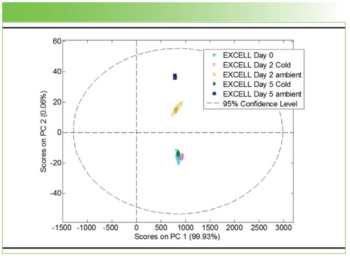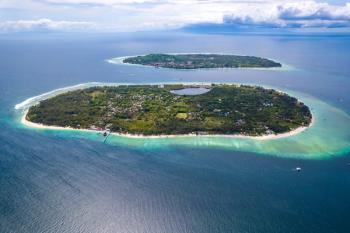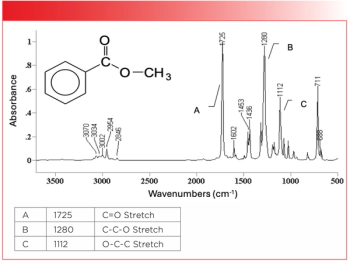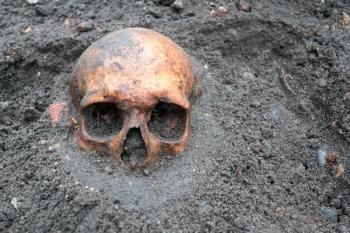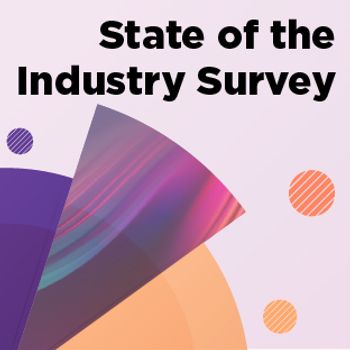Key Points
- Microplastic pollution on São Paulo's urban beaches is widespread, with densities ranging from 6 to 35 MPs/m² and hotspots concentrated near the Port of Santos due to intense industrial and maritime activity.
- Researchers used a combination of µ-Raman spectroscopy, satellite data, and machine learning models to map and predict MP distribution with high accuracy, identifying slope and aspect as key environmental factors influencing deposition.
- The study emphasizes that microplastics are often missed in current beach cleanups, and highlights the importance of integrating predictive modeling and chemical analysis to improve local monitoring efforts.
Urban beaches are susceptible to microplastic contamination, a recent study published in Microplastics finds (1). Conducted by a team of researchers from several Brazil institutions, the study investigated the concentration, distribution, and types of microplastics (MPs) found on urban beaches in São Paulo, Brazil. To explore the coastline in Brazil’s capital, the research team deployed several techniques and instruments, including ground-level sampling with satellite-based remote sensing, Global Navigation Satellite Systems (GNSS) altimetric surveys, micro-Raman (µ-Raman) spectroscopy, and machine learning (ML) (1). Through their study, they learned more about MP dynamics in one of South America's most urbanized coastal areas.
What are microplastics?
Microplastics (MPs) are tiny fragments of plastic that are often overlooked when cleaning up plastic litter because of their size. Approximately 5 mm or less, microplastics come from two main sources: either directly manufacturing processes that involve industrial plastic production, or from the breakdown of larger plastics such as bags and bottles (1,2). Currently, scientists are investigating what the health effects are, and consistently, it has been reported that some of the side effects might include a decreased immune response, increased inflammation, and organ effects in the liver or kidneys (2).
Where did the researchers conduct their study?
For their study, the research team selected several sampling locations along the coast of the Port of Santos. This port is one of the most well-known globally and is the busiest port in Latin America (3). Over the course of this stretch of beach, MP densities ranged from 6 to 35 MPs per square meter, with pollution hotspots near the port attributed to intense industrial and maritime activities (1). The research team identified four primary types of MPs: foams (48.7%); fragments (27.7%); pellets (23.2%); and fibers (0.4%) (1). The presence of foams and pellets suggested strong correlations with disposable packaging waste and industrial raw materials, mainly polyethylene, polypropylene, and polystyrene.
What machine learning models were used in the study and how did they help?
Machine learning (ML) models, including random forest (RF) and gradient boosting algorithms, were trained and tested to predict MP distribution. These models achieved high accuracy in forecasting MP densities for specific categories. Notably, SHAP (SHapley Additive exPlanations) analysis was used to determine the contribution of each variable in the models, improving interpretability (1). Slope (tanβ) emerged as the most significant variable influencing deposition across all MP categories. Orientation (Aspect), though less critical, played a more substantial role in the deposition of pellets, particularly because of their transport via marine currents (1).
Through rigorous data collection and analysis protocols, including careful noise filtering and iterative optimization of µ-Raman spectroscopy parameters, the researchers were able to reliably identify polymers, quantify concentrations, and validate their machine learning predictions (1). Some of the metrics used to assess model performance include coefficient of determination (R²), mean absolute error (MAE), root mean square error (RMSE), Akaike information criterion (AIC), Bayesian information criterion (BIC).
The researchers also determined spatial trends. For example, they were able to determine what beaches had the highest and lowest MP concentration. Their findings showed that southern beaches like Praia Grande (PG), São Vicente (SVS), and Guarujá (GUA) had the highest MP concentrations because of their proximity to major pollution sources (1). Meanwhile, the beaches on the northern side like Bertioga (BER) exhibited lower overall MP levels, but they were still at risk because of hydrodynamic transport from the Bertioga Channel (1).
What are the key takeaways of this study?
The key takeaways from this study show that current beach cleanup efforts often neglect microplastics smaller than 5 mm. By integrating in situ chemical identification with predictive ML models, the authors highlight an efficient pathway to improve urban waste management systems and marine ecosystem monitoring (1).
As countries approach the 2025 target for reducing marine pollution under SDG 14.1, the research presented in this study shows how local-scale monitoring can contribute to global environmental resilience (1).
References
- Da Silva Ferreira, A. T.; de Oliveira, R. C.; Siegle, E.; et al. Microplastic Deposits Prediction on Urban Sandy Beaches: Integrating Remote Sensing, GNSS Positioning, µ-Raman Spectroscopy, and Machine Learning Models. Microplastics 2025, 4 (1), 12. DOI: 10.3390/microplastics4010012
- Illinois Environmental Protection Agency, Microplastics. Illinois.gov. Available at: https://epa.illinois.gov/topics/water-quality/microplastics.html#:~:text=Background%20and%20Sources%20of%20Microplastics,found%20in%20the%20natural%20environment.&text=Some%20common%20sources%20of%20secondary,of%20tires%20on%20road%20surfaces (accessed 2025-07-28).
- Couto, A. The Port of Santos: Central to Brazil’s Economy and History. Spire.com. Available at: https://spire.com/blog/maritime/the-port-of-santos-central-to-brazils-economy-and-history/ (accessed 2025-07-28).

